Advertisements for removing eye bags for 680 yuan often exaggerate or conceal consumer risks, and caution should be taken against low price traps. The formation of eye bags is related to factors such as genetics, aging, and eye habits. Formal treatment methods mainly include radiofrequency ablation, internal incision, external incision, laser therapy, and filling correction.
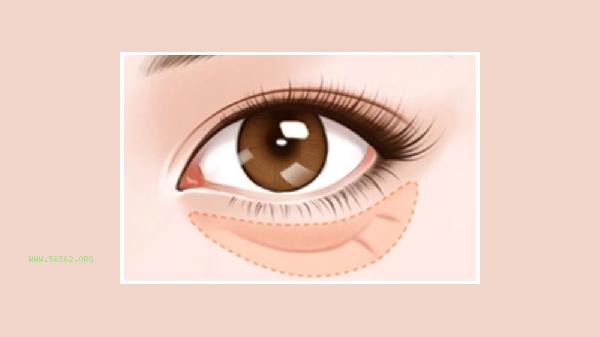
1. Analysis of Low Price Tricks
Some institutions may indirectly increase prices through additional charging items after attracting consumers with low prices, such as adding anesthesia fees, material fees during surgery, or recommending high priced nursing products. Another common approach is to use informal operators or simplify processes, which poses a safety risk. The 680 yuan mentioned in some advertisements may only refer to unilateral eye bags or specific mild cases, and the actual cost often far exceeds the quoted price.
2. Radiofrequency ablation
stimulates collagen regeneration through radiofrequency energy, suitable for patients with mild eye bags and good skin elasticity. The treatment process is non-invasive, with a recovery period of about 3-5 days, and multiple treatments are required to maintain the effect. Temporary redness and swelling may occur, and postoperative moisturizing and sun protection should be strengthened. Not suitable for eye bags with obvious fat protrusion.
Third, the internal incision method
removes excess fat through the conjunctival incision, suitable for those with fatty eye bags and no sagging skin. The surgery takes about 30 minutes, the recovery period is 1-2 weeks, and there are no scars on the surface. Short term bruising may occur after surgery, and rubbing the eyes should be avoided. The technical requirements for doctors are high, and improper operation may lead to eyelid eversion.
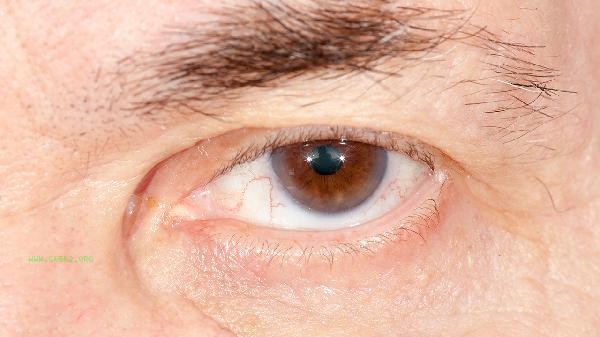
Fourth, External Cutting Method
removes fat and trims loose skin through an incision at the root of the eyelashes, suitable for moderate to severe eye bags with loose skin. The effect lasts for a long time, but the recovery period takes 2-4 weeks, and there may be slight scars left. Fine treatment of the orbicularis oculi muscle is necessary during surgery, otherwise it may lead to eyelid margin deformity.
Fifth, laser therapy
uses laser to vaporize fat and tighten the skin, with less trauma than traditional surgery. Requires 2-3 treatments with a one month interval, suitable for those who are afraid of surgery. pigmentation may occur, and strict avoidance of light is required after surgery. The effect is poor for people with dark skin color, and the improvement of severe eye bags is limited.
Sixth, filling correction
involves injecting hyaluronic acid to fill the tear groove, visually reducing the feeling of sunken eye bags. The effect is immediate but lasts for 6-12 months, requiring repeated injections. The technical requirements are high, and shallow injection may result in the Tyndall effect. Not suitable for simple fat bulging eye bags.
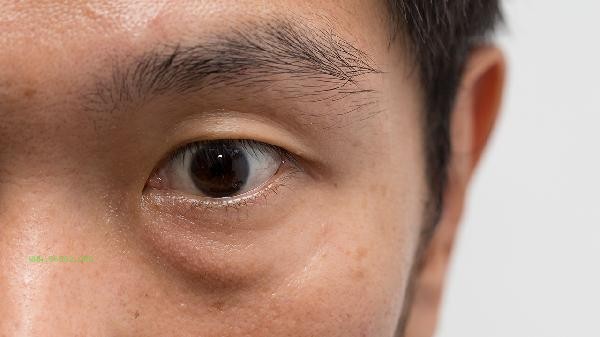
Before selecting a treatment plan for eye bags, a professional physician should conduct a comprehensive evaluation based on factors such as eye bag type, skin condition, and age. After surgery, it is necessary to keep the wound clean and dry, avoid vigorous exercise, and elevate the head during sleep to reduce swelling. Daily attention should be paid to reducing staying up late, controlling salt intake, applying cold compress to relieve swelling, and using eye cream containing caffeine or vitamin K to assist in improving circulation. If there are continuous bruising, blurred vision and other abnormal conditions, seek medical attention immediately.

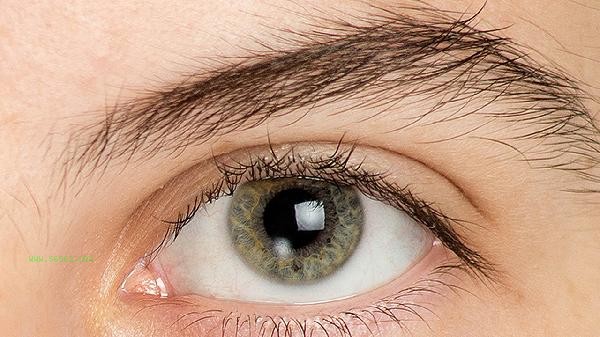
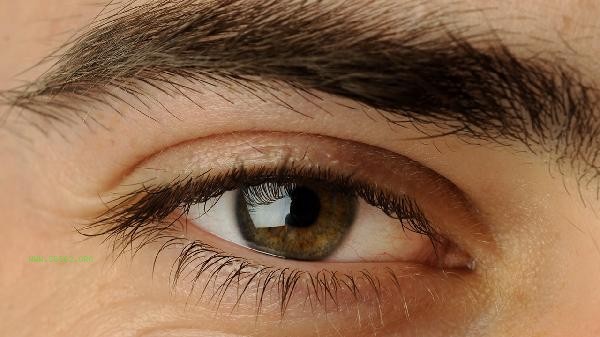
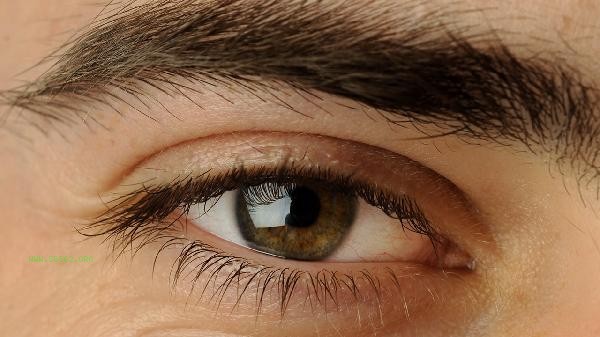
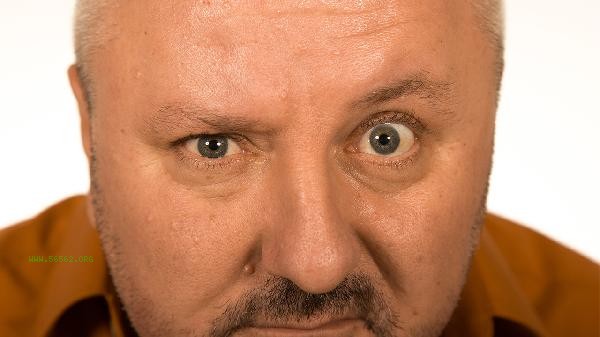



Comments (0)
Leave a Comment
No comments yet
Be the first to share your thoughts!